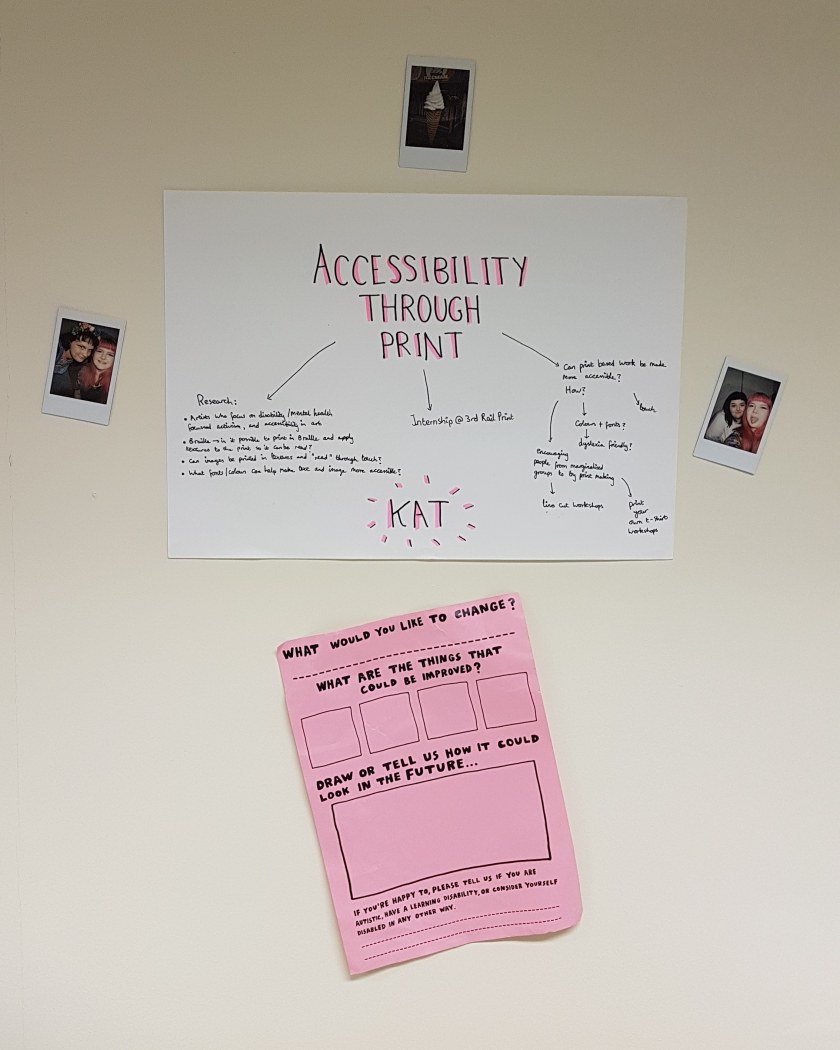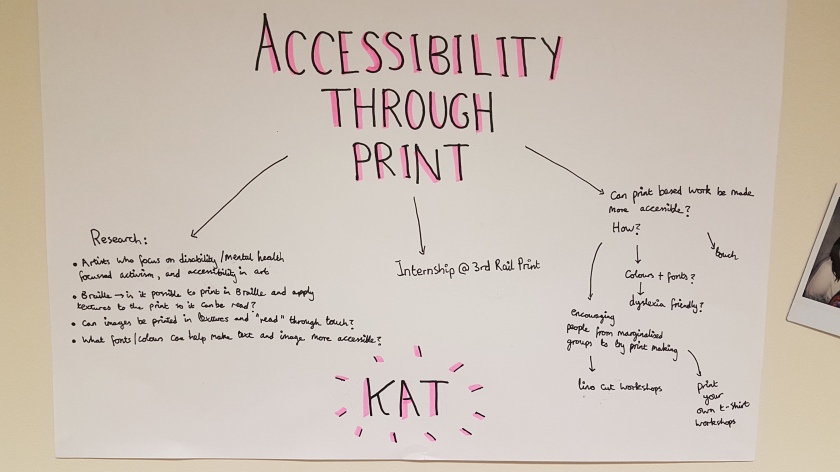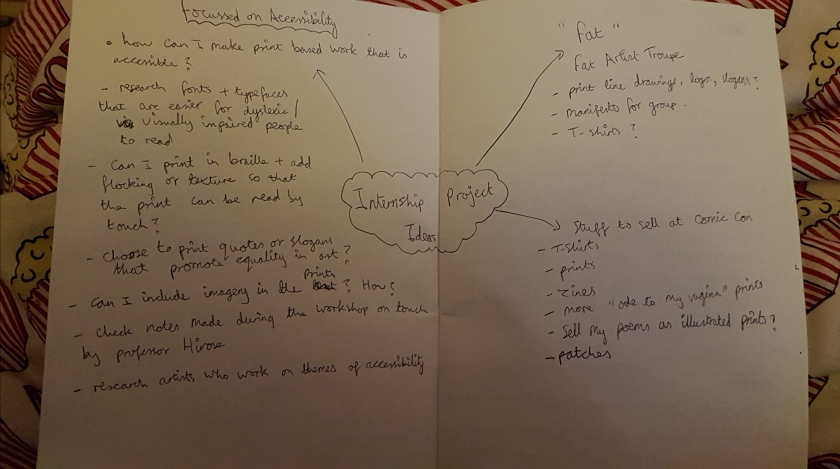Key Points:
- choose a more legible font- i.e. Arial, Comic Sans, Calibri, Open Sans (Sans Serifs preferable)
- High contrast between text and background
- larger font sizes and slightly bigger spaces between letters and words, and between lines of text (kearning/tracking/leading)
- Off white neutral backgrounds with minimal patterns or pictures work best
- Avoid uppercase/all caps/italics/underline, use bold if emphasis is needed
- avoid green and red/pink as these are difficult for people with colour blindness
- matt paper
Key Points:
- tactile reading and writing system for visually impaired, blind, or deaf blind people
- Braille symbols are formed with a matrix of up to six dots called a cell- a cell can be an individual letter, punctuation, number, or a whole word
- uncontracted Braille- every letter is individually spelled out
- contracted Braille- is like a form of shorthand Braille used for faster reading and to save paper
- https://www.brailletranslator.org/
https://www.livingpaintings.org/
– These are books made for blind and visually impaired people, with the illustrations raised so that they can be touched and felt
https://thepurposelab.com/2014/09/5-tips-to-make-your-print-design-more-accessible/
– a helpful breakdown of the basics
Conductive ink
– could screenprint in conductive ink, creating an electrical circuit- this could be used to make my prints “speak” or something else?
https://www.bareconductive.com/news/make-sound-interactive-mural/
– https://www.wired.com/2013/10/conductive-ink-turns-paper-into-musical-instruments/
Things I could try/consider for future print based works
- could try printing and applying different textures to my work- flocking, foiling, or using puff binder? This would mean my prints are more tactile
- print on off white paper and be mindful of colours used
- print in Braille?
- choose fonts that are easier to read
- making larger scale prints than I normally would, to aid legibility
This is just some research to lay the ground work for the project, but I think it’s a good start and there is already a lot to think about and potentially experiment with!



